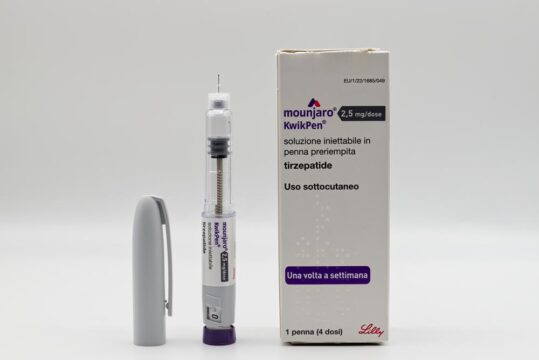Advertisment
How the pulmonary embolism pathway ensures consistent decision-making

The pulmonary embolism pathway has been designed to ensure acute risk assessment and appropriate follow up for all pulmonary embolism patients whether treated as inpatients or outpatients, according to Kieron Power, Principal Pharmacist for Thrombosis and Anticoagulation in Swansea Bay University Health Board.
The new pulmonary embolism (PE) pathway built on the existing pharmacy-led venous thromboembolism (VTE) service. The first step was a department-wide review of the way in which outpatient PE care was managed. Routine risk assessment using the PE severity index (PESI) was introduced for all PE patients. “What the BTS (British Thoracic Society) recommends is that patients who are class one or class two on the PESI score can usually be considered for ambulatory care”, notes Mr Power. The presence of right ventricular strain, troponins and BNP (B-type natriuretic peptide) are also taken into account, he adds. Importantly, the initial assessment also considers social factors that could affect a patient’s ability to handle ambulatory care. “So, we developed our criteria for patients …. who presented to the SDEC (same-day emergency care unit) [to determine] who could be managed as ambulatory patients and which patients would need to be admitted into hospital”, he says.
The second step was to put in place mechanisms to ensure both short- and long-term follow up. The BTS quality standards stipulate follow up within seven days of discharge.
“We utilised our pharmacist-led VTE service to undertake those seven-day reviews and what that fundamentally means is bringing the patient back, clinically reviewing them, reviewing their symptoms, reviewing them from the perspective of their observations listening to their chest …. and just making sure that nothing has changed in their clinical status and they remain suitable for ambulatory care. And that’s proved extremely useful”, Mr Power explains.
Steps were also taken to ensure that that those patients who initially required hospital admission later entered the same standardised follow-up pathway. This was achieved by referral to the VTE service so that the discharge from hospital was managed by the VTE team and the patients were started on the follow-up pathway. Part of the follow-up process involves checking for a cause of the initial VTE and screening for long-term complications. “Some patients, unfortunately, are prone to long-term complications after having a PE. One of them is a condition called CTEPH or chronic thromboembolic pulmonary hypertension, which is where patients fail to clear the thrombi from their lungs and they develop a pulmonary hypertension. It is an extremely disabling condition”, he explains. Patients who are felt to be at risk of respiratory complications can be referred to respiratory teams.
The Swansea model differs from others in that it covers the whole pathway in an integrated way rather than separating the acute phase and the follow-up phase. “So, we have this ideal pathway from day one to month three. Patients will come into that pathway at different points but the idea is that eventually we reach the same point and because it’s the same group of clinicians doing it, we get the consistency. …. Every patient referred into the service – it doesn’t matter from which point – they will have that input and they’ll have that consistency of decision making”, says Mr Power.
About Kieron Power
Kieron Power is Principal Pharmacist for Thrombosis and Anticoagulation in Swansea Bay University Health Board in South Wales. His role comprises three elements:
- Thrombosis and Anticoagulation Lead for the health board – a governance role that involves leading on policy and guidance within the Health Board and performance monitoring for hospital-acquired thrombosis rates, venous thromboembolism risk assessments and general anticoagulation prescribing factors.
- Running a weekly thrombosis and anticoagulation specialist clinic on behalf of the consultant haematologists.
- Leading and running the pharmacist-led acute VTE service and follow-up service that operate within the health board
Read and watch the full series on our website or on YouTube.
This episode of ‘In Discussion With’ is also on Spotify. Listen to the full podcast now.





